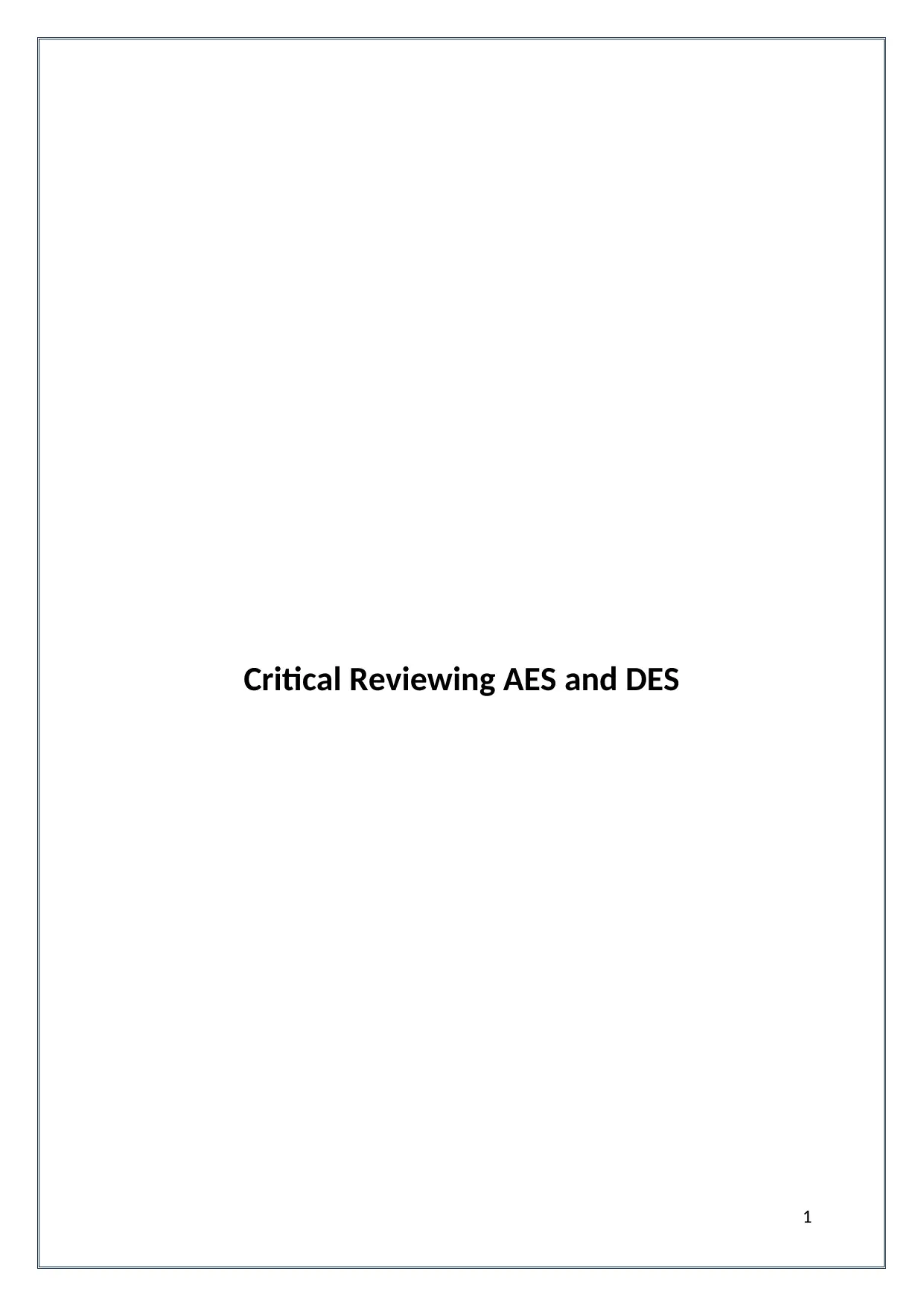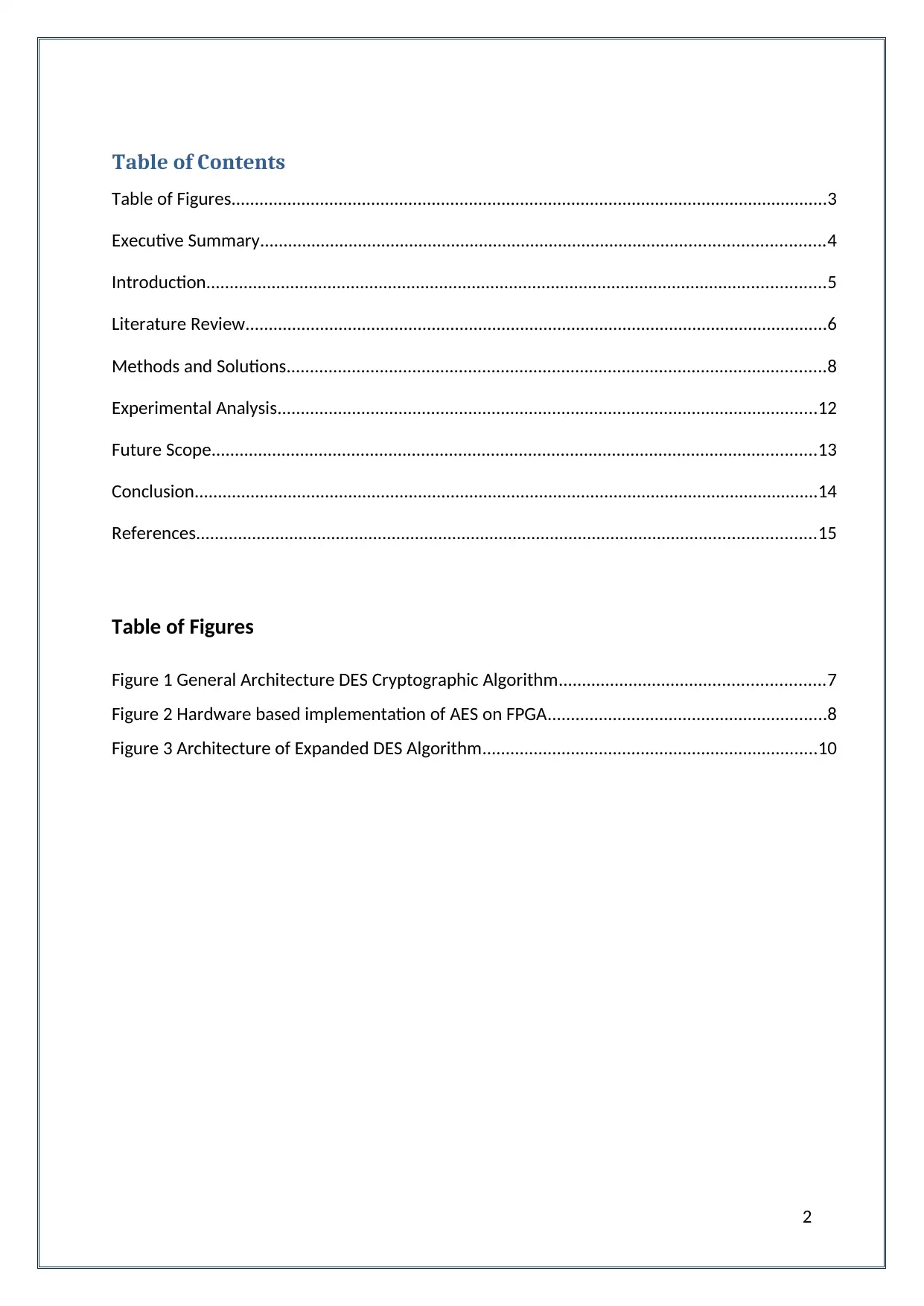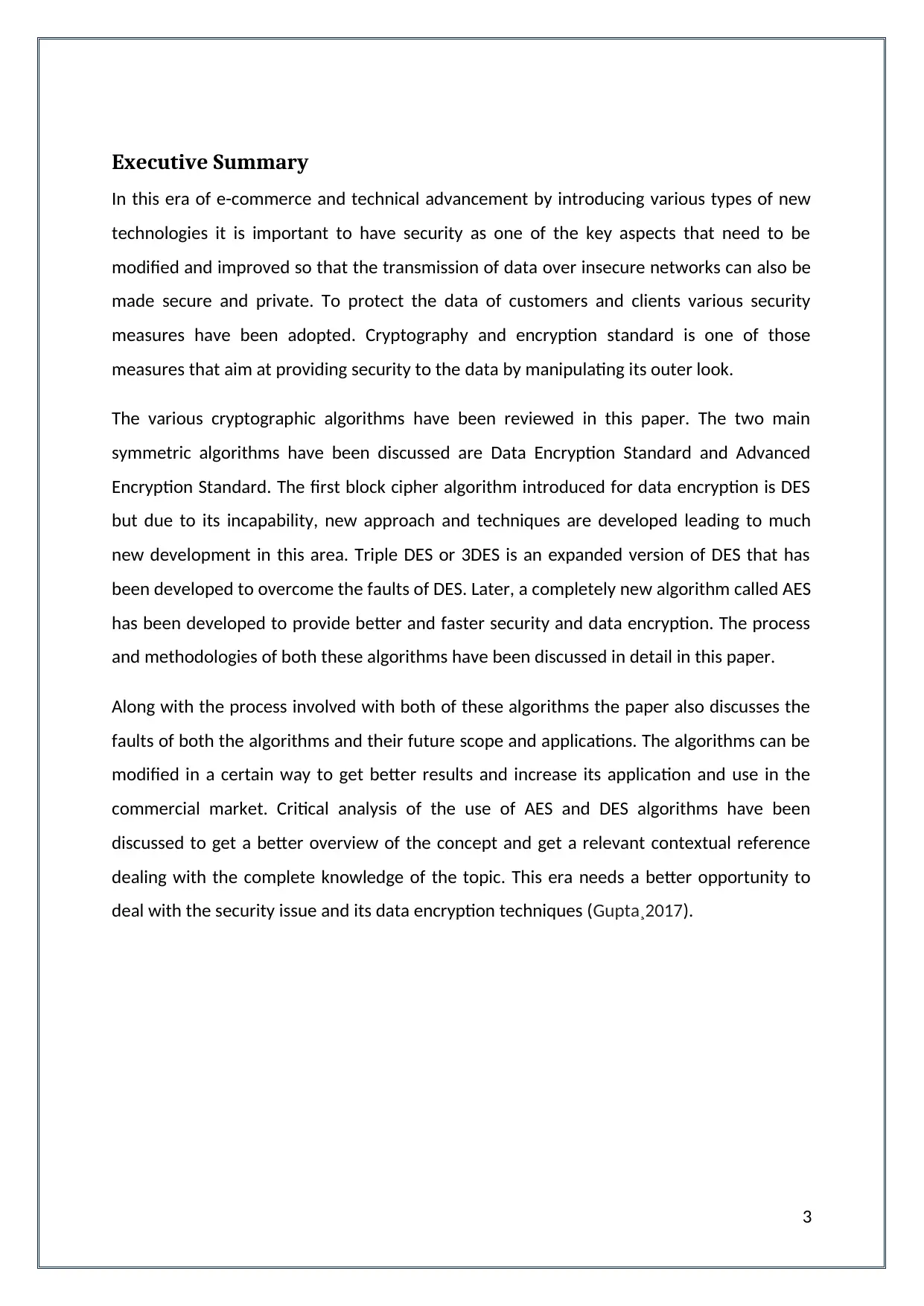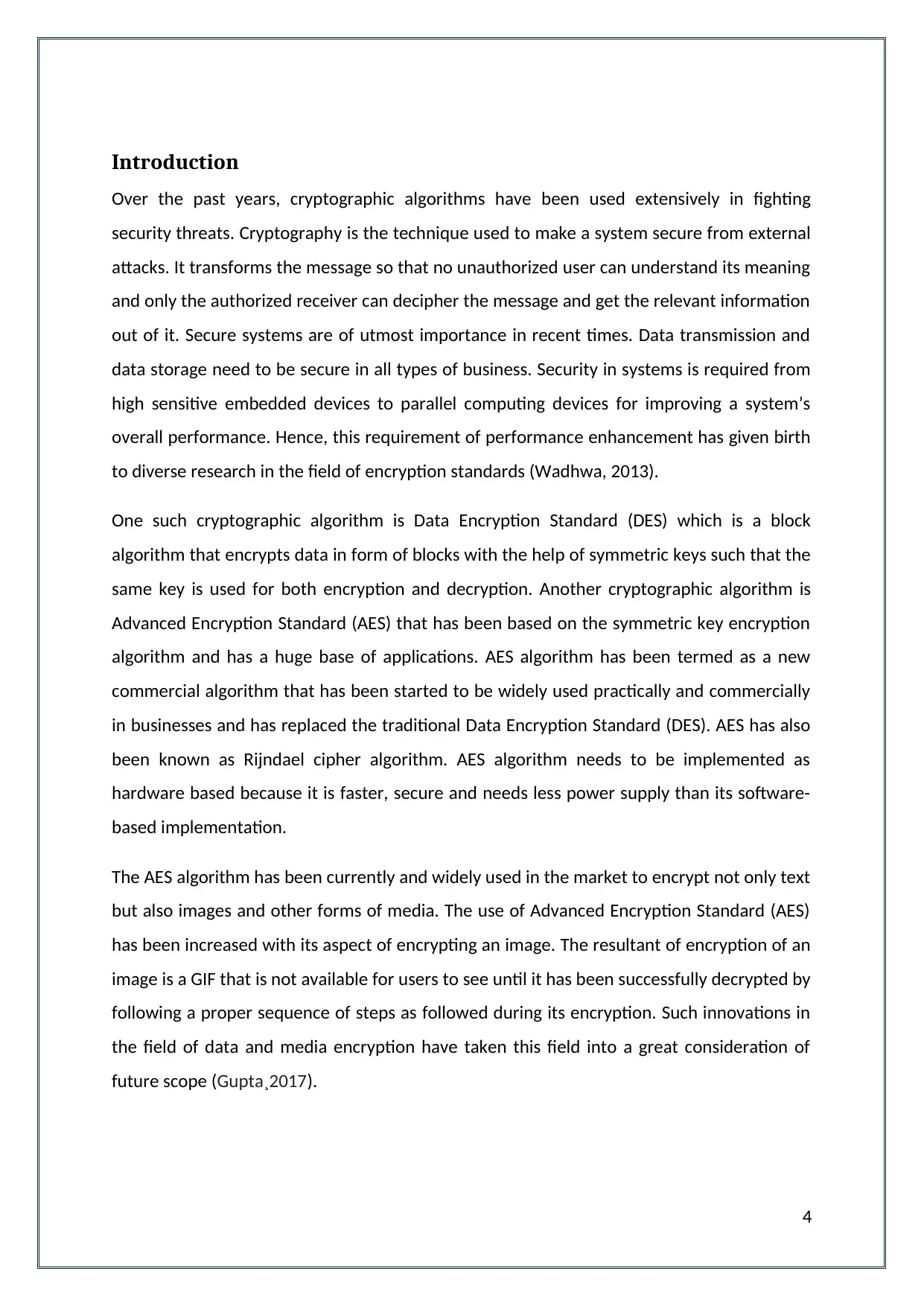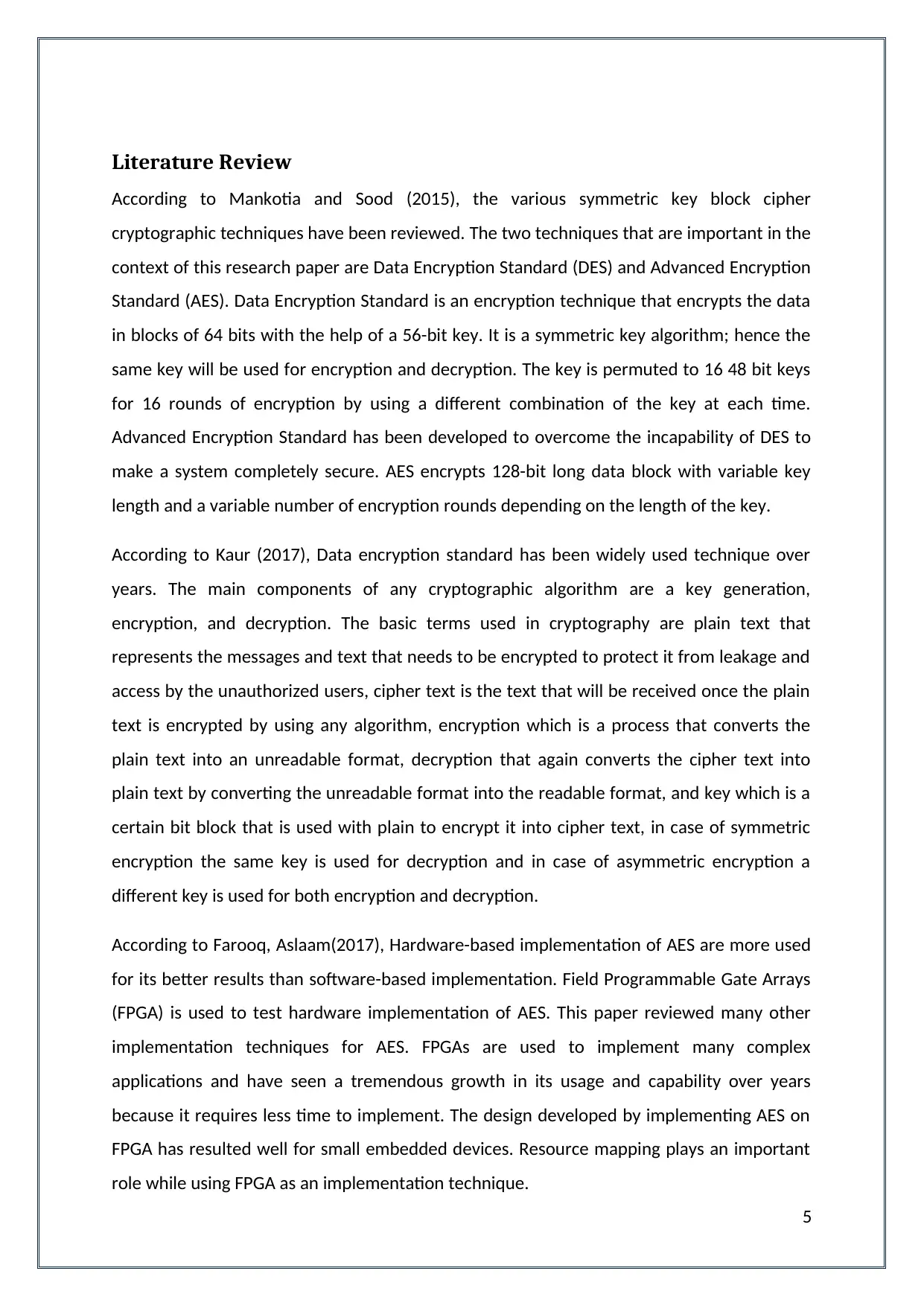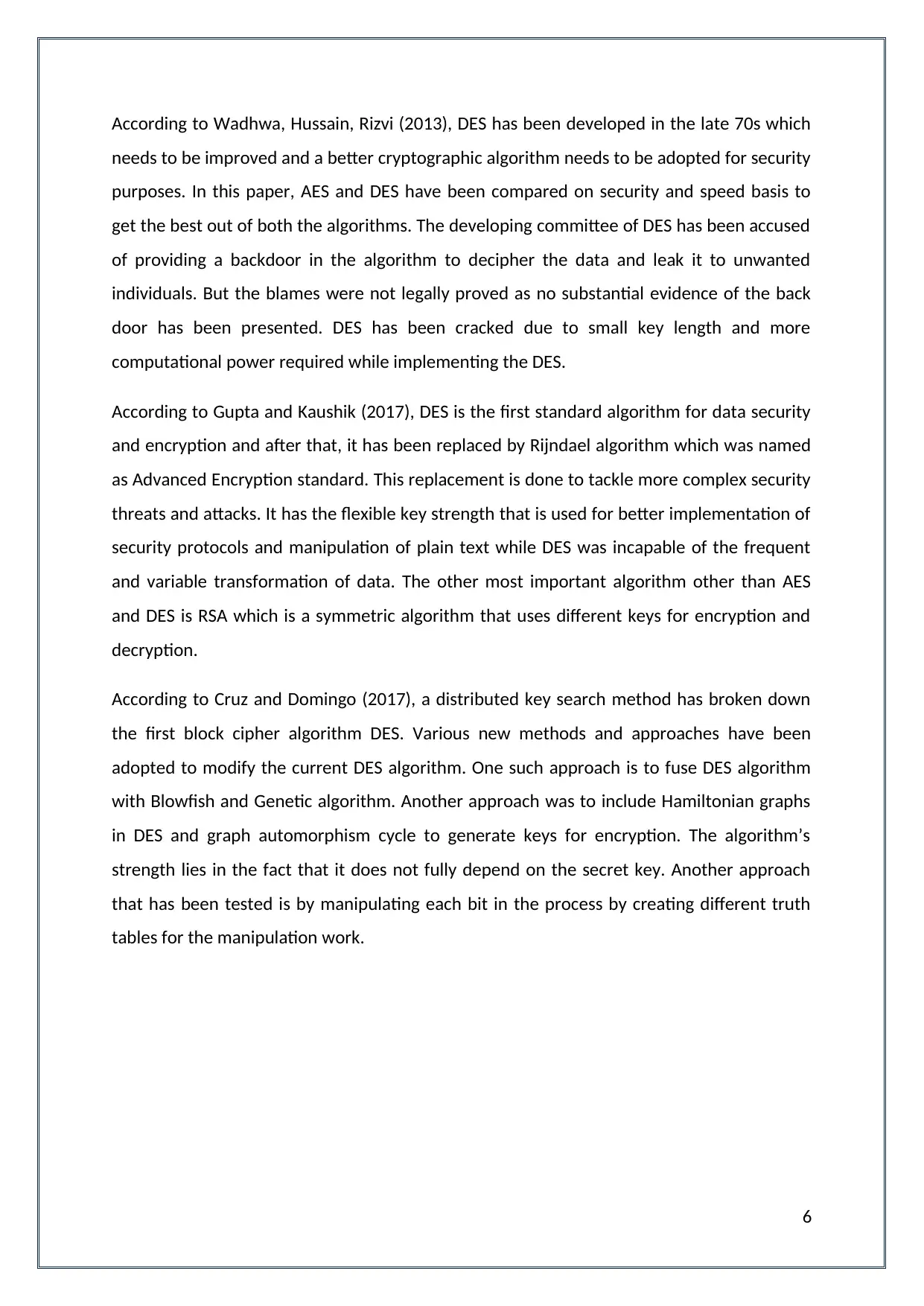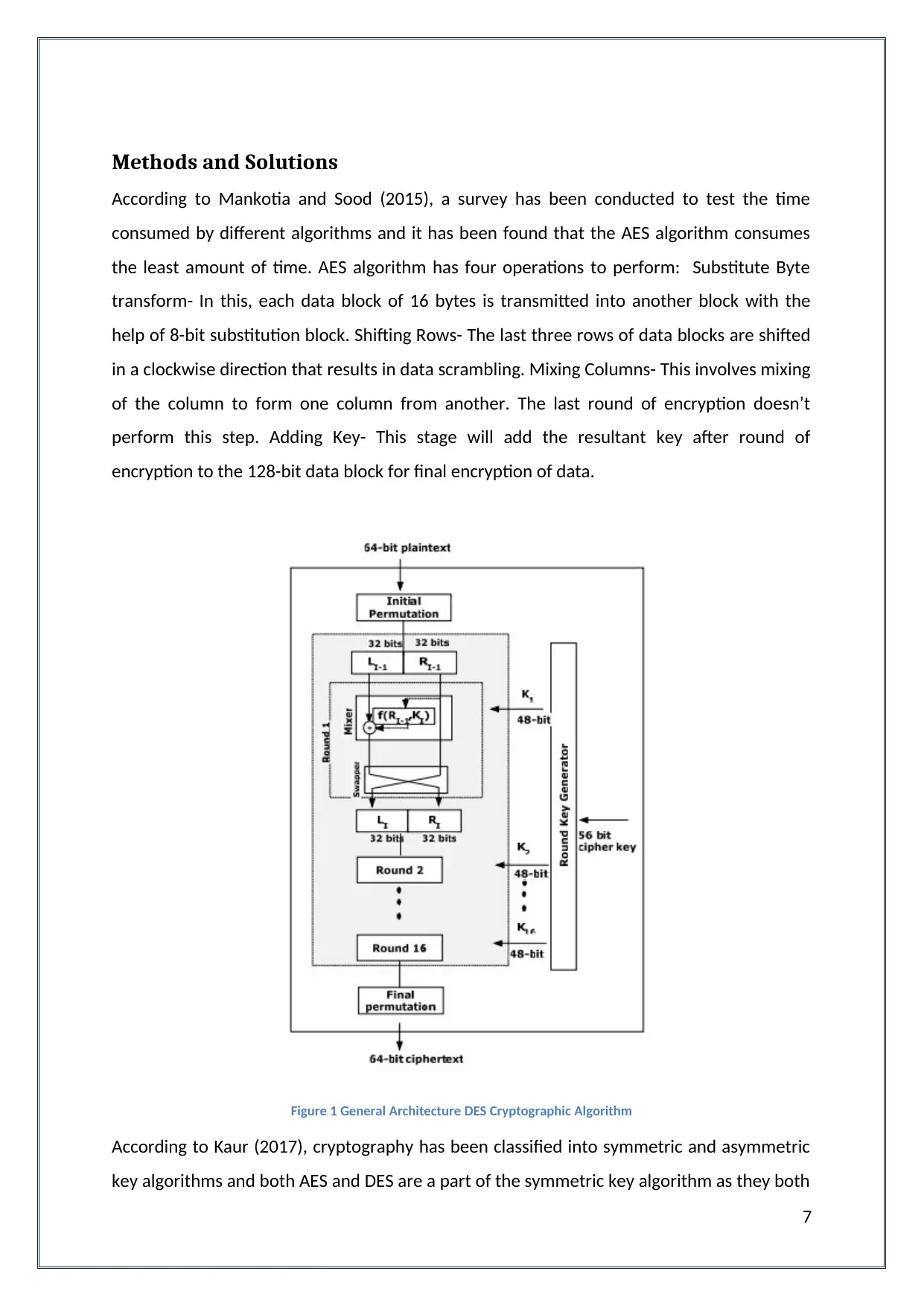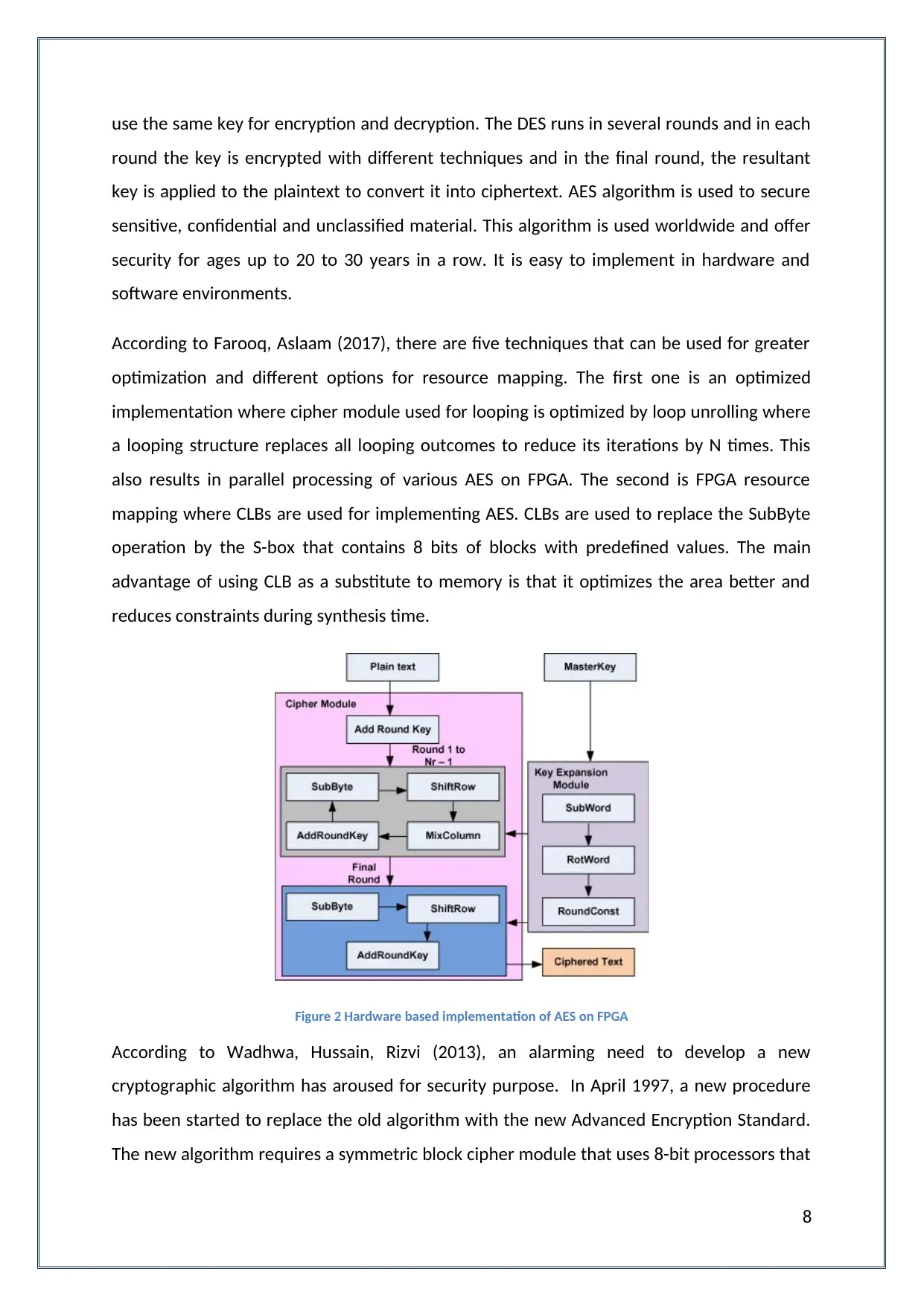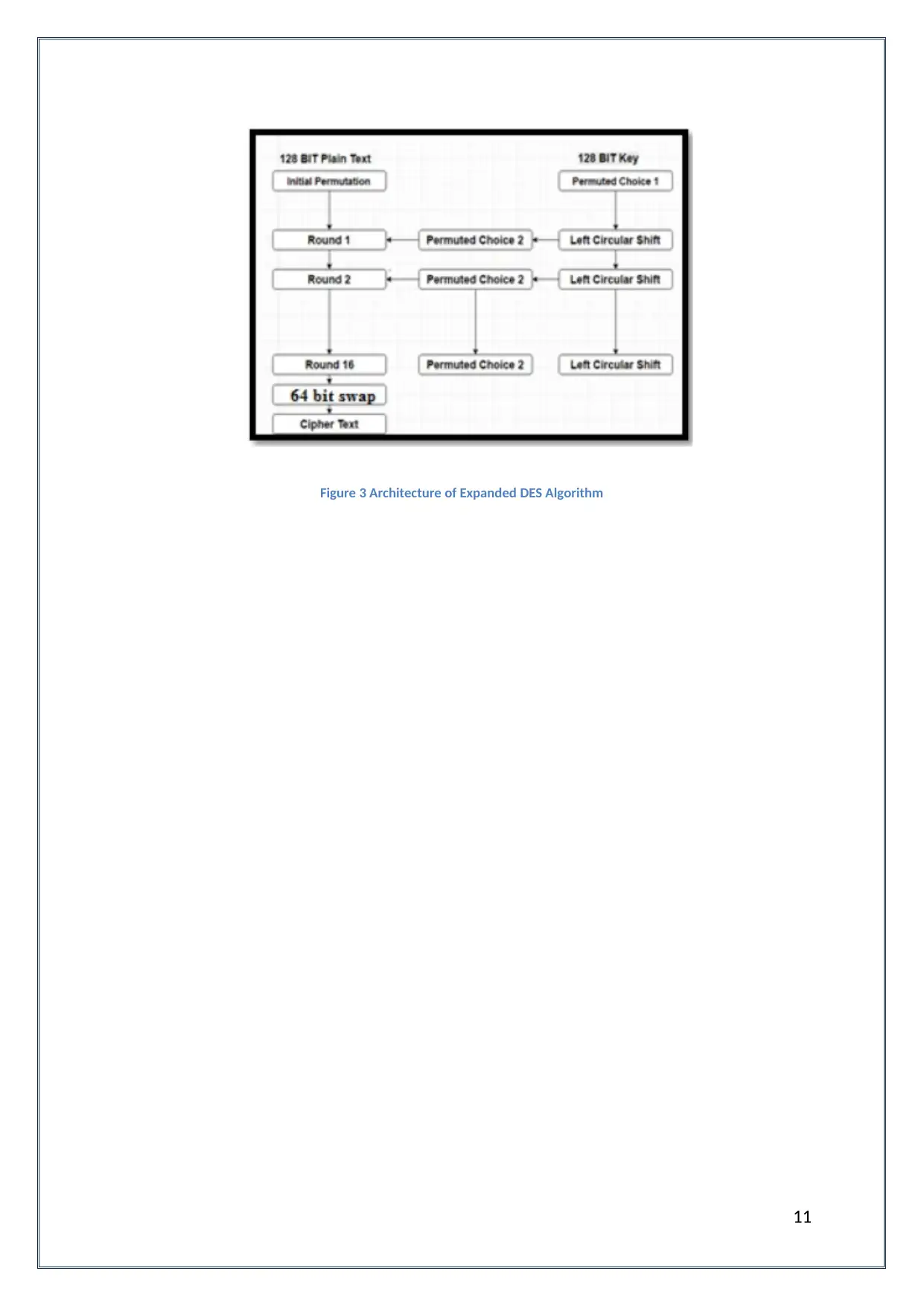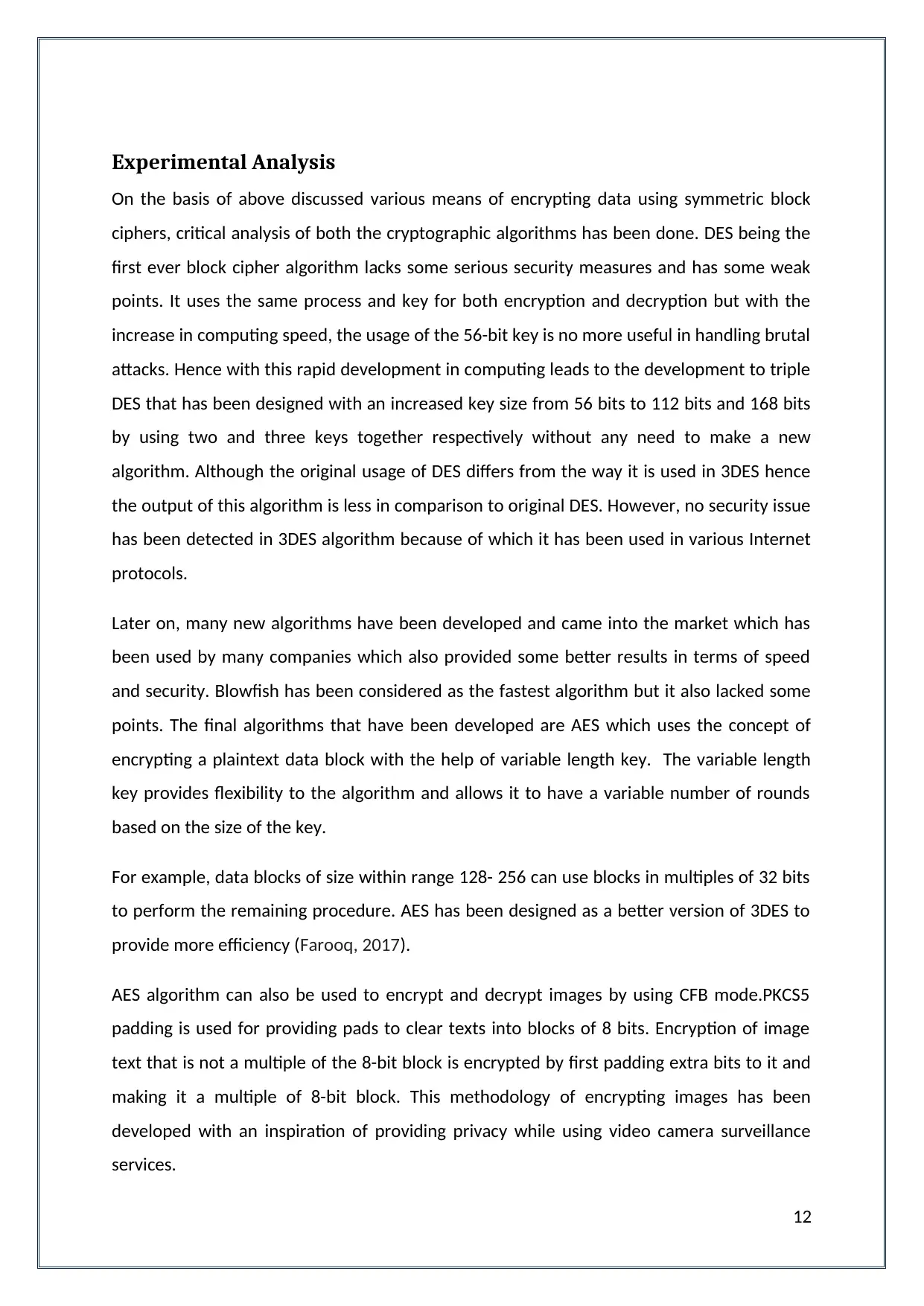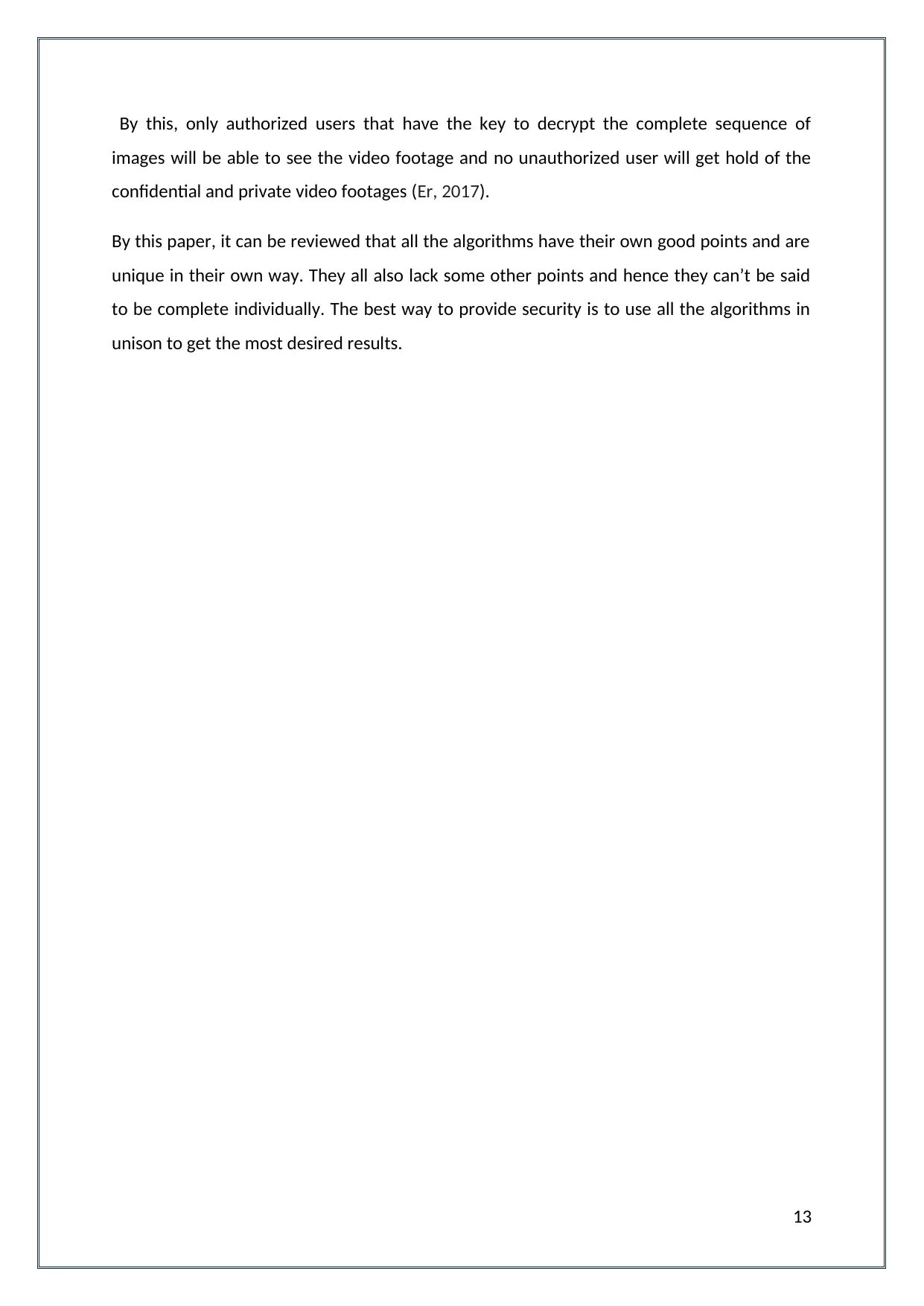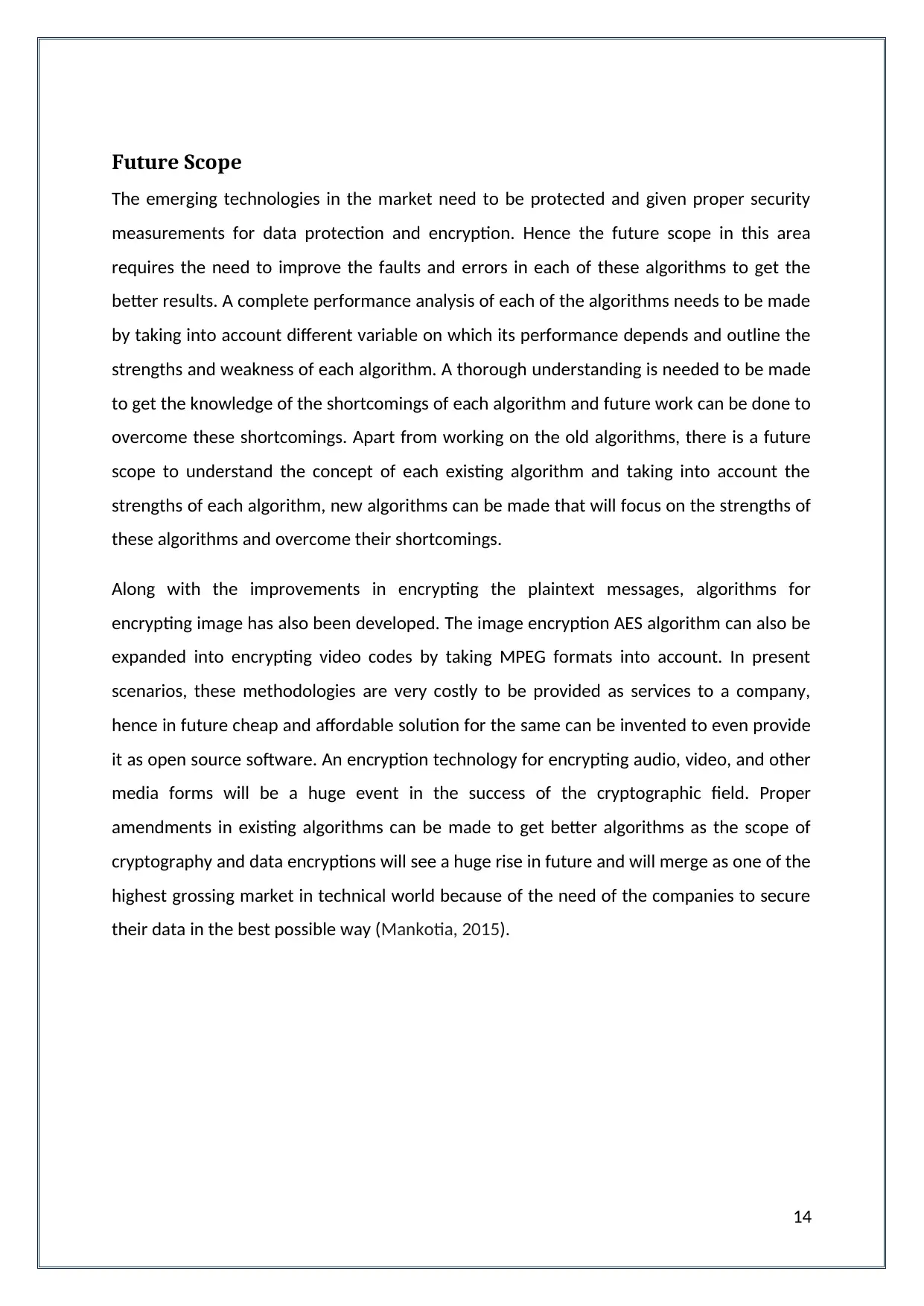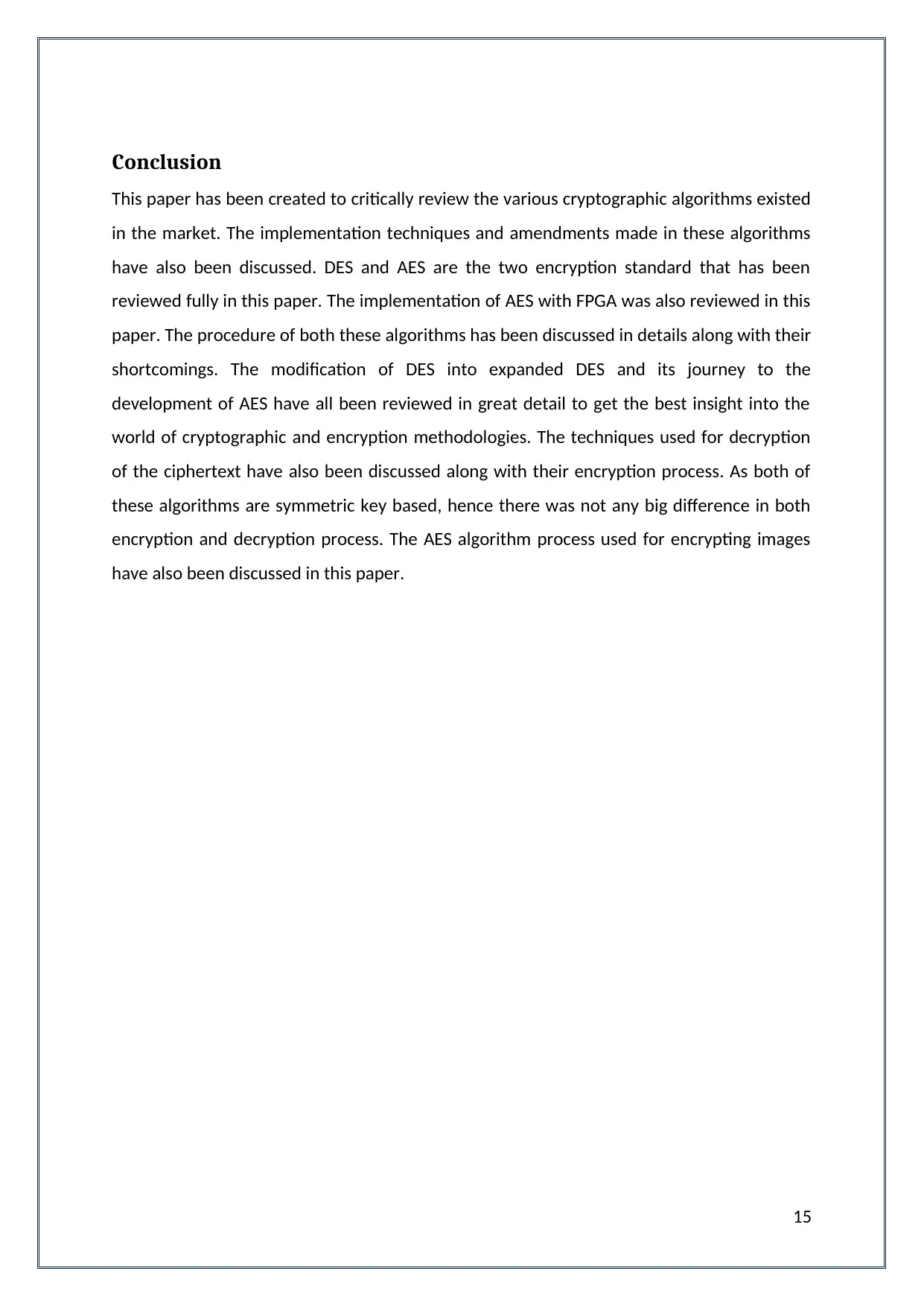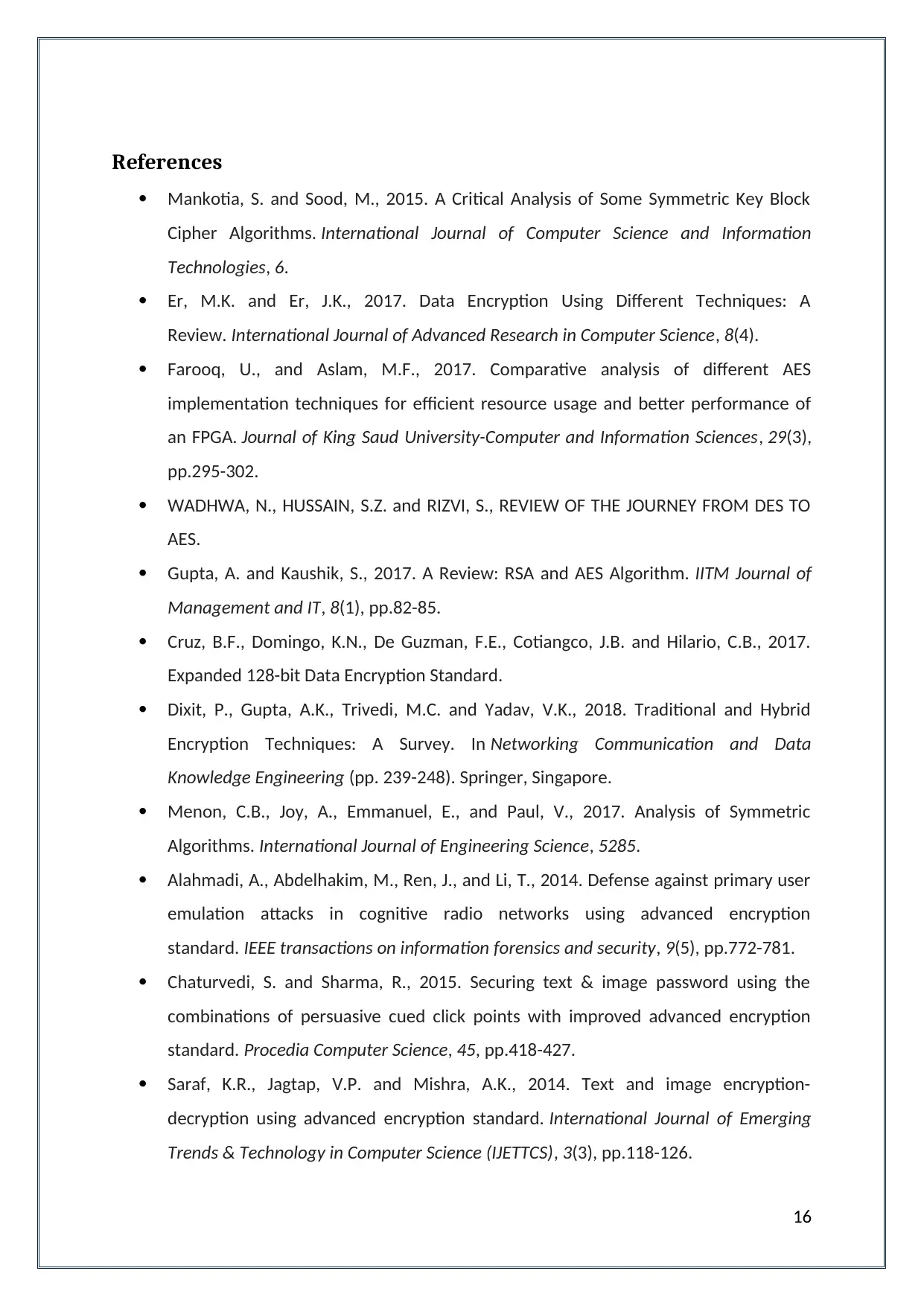This paper provides a critical review of two widely used symmetric block cipher algorithms: Data Encryption Standard (DES) and Advanced Encryption Standard (AES). It delves into the historical context of DES, its limitations, and the evolution of 3DES as a response to these limitations. The paper then explores the development of AES as a more robust and efficient alternative to DES. It examines the key features of AES, including its variable key length, multiple rounds of encryption, and its resistance to various cryptanalytic attacks. The paper also discusses the hardware-based implementation of AES on FPGAs, highlighting its advantages in terms of speed and efficiency. Furthermore, the paper explores the application of AES in image encryption, demonstrating its potential for securing sensitive visual data. By comparing and contrasting DES and AES, the paper provides a comprehensive understanding of the strengths and weaknesses of each algorithm, offering insights into their suitability for different security applications.
![[object Object]](/_next/static/media/star-bottom.7253800d.svg)
![[object Object]](/_next/static/media/star-bottom.7253800d.svg)
